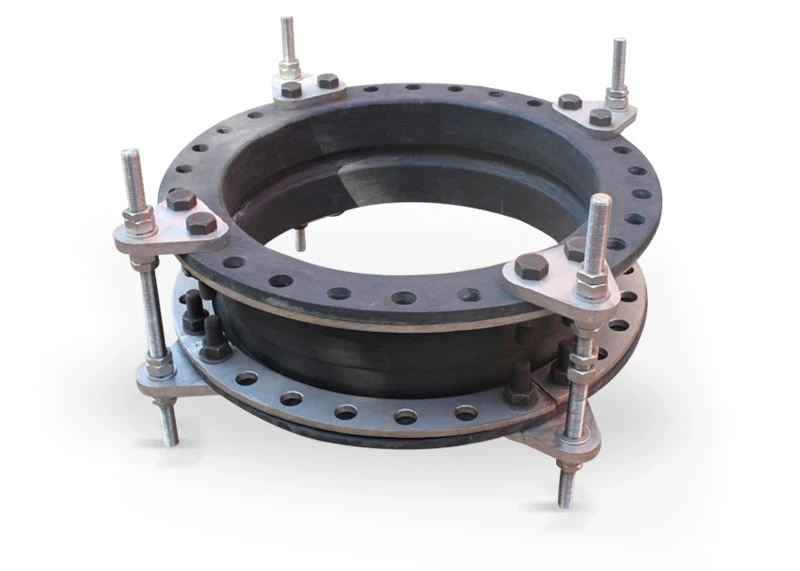Rubber expansion joints are crucial parts of pipeline systems that guard against vibration, thermal movement, and misalignment damage to pipes and equipment. These joints are a popular option in many industrial applications because of their exceptional flexibility, movement absorption, and durability. The characteristics, advantages, and uses of rubber expansion joints are examined here.
Key Features
- Superior Flexibility Rubber expansion joints have a reputation for being incredibly flexible. This feature enables them to absorb and counteract movements brought on by mechanical vibrations, thermal expansion, and contractions in the piping system.
- Movement Absorption By efficiently absorbing axial, lateral, and angular vibrations, these joints safeguard the piping system\'s structural integrity. This capacity to withstand motion helps shield the linked pipes and equipment from strain and damage.
- Chemical and Abrasion Resistance Rubber expansion joints can withstand a variety of harsh substances and solvents. Their resilience guarantees their longevity and functionality in challenging settings where frequent contact with chemicals and abrasive materials occurs.
- Wide Temperature and Pressure Range A large variety of pressures and temperatures can be effectively handled by rubber expansion joints. Their adaptability renders them appropriate for a multitude of uses, encompassing liquids, slurries, gasses, and solids.
Benefits
- Protection from Damage Rubber expansion joints shield piping systems and equipment from potential harm by absorbing vibrations and allowing for thermal movements and misalignments. This lowers maintenance costs and downtime.
- Enhanced Cycle Life Rubber expansion joints have a longer cycle life because of their flexibility and durability, which guarantees dependable performance over time. Their durability renders them an economical resolution for numerous sectors.
- Versatile Applications There are many uses for rubber expansion joints because of their great versatility. They are frequently used in the chemical processing, HVAC, oil and gas, water treatment, and power generation industries.
Applications
Rubber expansion joints are commonly employed in scenarios where elasticity and the ability to absorb movements are essential. Typical uses for them include:
- Water Treatment Plants: must account for the pipes that transport chemicals and water expanding and contracting due to heat.
- Chemical Processing Plants: for managing harsh chemicals and guarding against harm from movements and vibrations.
- Oil and Gas Industry: to cushion the thermal movements and vibrations in pipelines that transfer gas, oil, and related products.
- HVAC Systems: to balance for thermal movements in heating and cooling systems and to lessen noise and vibrations.
- Power Generation Plants: to manage steam and other fluids at high pressure and temperature while maintaining the integrity and dependability of the system.
Rubber expansion joints are essential for shielding equipment and pipe systems from the damaging effects of misalignment, thermal movements, and vibration. For many liquid, slurry, gas, and solid applications, their excellent flexibility, chemical resistance, and capacity to function over a broad range of temperatures and pressures make them the ideal option. At Flexatherm, we produce premium rubber expansion joints that are designed to satisfy the unique requirements of different sectors while guaranteeing maximum performance and longevity.


